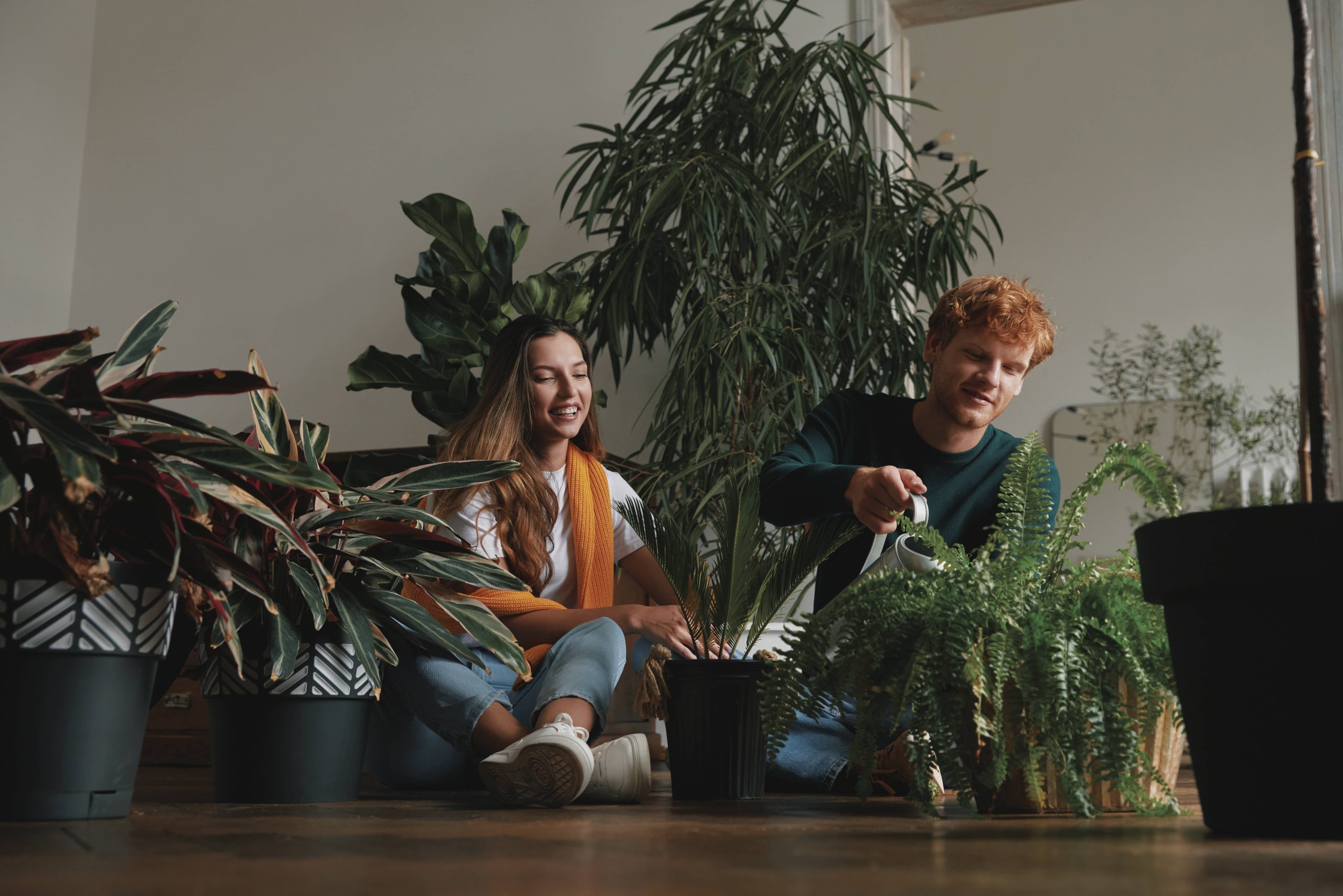
The world of indoor gardening offers an exciting range of methods and techniques for growing healthy, vibrant houseplants. Whether you’re a seasoned indoor gardener or someone just beginning your journey with houseplants, understanding the differences between soil and soilless growing techniques can broaden your horizons and enhance your gardening experiences. Both methods have unique benefits and challenges; choosing the right one can significantly affect the health and growth of your indoor garden.
Understanding Soil-Based Growing Techniques
Traditionally, most houseplants have been grown in soil, a method that mimics their natural growing conditions. Soil provides essential nutrients, water retention, and a supportive structure for plant roots. Moreover, it harbors a crucial ecosystem of microorganisms that contribute to plant health and growth.
Benefits of Soil-Based Growing:
1. Nutrient Provision: Soil is rich in nutrients and organic matter, providing what is needed for plants to thrive. It naturally releases nitrogen, phosphorus, and potassium, essential for plant growth.
2. Microbial Life: A healthy soil ecosystem supports beneficial microorganisms that facilitate nutrient uptake and improve plant resilience against diseases.
3. Water Retention: Soil has a remarkable water-retention capacity, ensuring plants receive a steady water supply.
4. Stability: The structure of soil provides excellent support for plant roots, helping them anchor firmly as they grow.
Challenges of Soil-Based Growing:
1. Pest Problems: Soil can be a breeding ground for pests like gnats and other insect larvae that can harm plants.
2. Overwatering Risks: Soil can hold moisture longer, increasing the risk of root rot if overwatered or improperly drained.
3. pH Imbalance: Soil pH can fluctuate, potentially affecting nutrient uptake if not monitored regularly.
Exploring Soilless Growing Techniques
Soilless growing, or hydroponics and its derivatives, is increasingly popular among indoor gardeners. These methods eschew traditional soil, instead utilizing other media such as coco coir, perlite, vermiculite, or even growing plants directly in water.
Benefits of Soilless Growing:
1. Precise Control: Hydroponic systems allow for precise control over nutrient delivery and pH levels, which can lead to faster plant growth and higher yields.
2. Pest and Disease Reduction: Without soil, the risk of soil-borne pests and diseases is significantly reduced.
3. Water Efficiency: Many soilless systems recirculate water, making them more water-efficient than traditional soil-based growing.
4. Space Efficiency: Hydroponic setups can often be stacked vertically, making them ideal for small spaces.
Challenges of Soilless Growing:
1. Cost: Initial setup and equipment for soilless systems, like hydroponics, can be costly compared to simply planting in soil.
2. Complexity: Soilless gardening requires a more sophisticated understanding of nutrients and system maintenance.
3. Monitoring Needs: Nutrient solutions and pH levels require constant monitoring and adjustment.
Choosing the Right Technique for Your Houseplants
When deciding between soil and soilless methods, consider the specific needs of your houseplants, your lifestyle, and your gardening goals. Some plants or preferences might naturally steer you toward one method over the other.
– Plant Preference: Some plants adapt better to one environment than the other. For example, leafy greens and herbs often thrive in hydroponic systems, while cacti and succulents prefer well-drained soil.
– Maintenance: Consider the level of maintenance you’re willing to manage. Soil-based systems can be lower maintenance for traditional plant care, while soilless systems demand more attention to detail.
– Space and Resources: If space is limited, soilless systems might be advantageous due to their vertical scalability and compact designs.
– Environmental Impact: Consider the sustainability of each method. Soil can be organic and compost-based, while some hydroponic systems can significantly reduce water usage.
Balanced Approach: Best of Both Worlds
Many indoor gardeners find success using a hybrid approach, combining soil and soilless growing techniques to accommodate different plants’ needs while maximizing the strengths of each method. For instance, using soilless media like coco coir for plants that benefit from effective drainage and traditional soil for those that do best in a more stable environment can offer a balanced approach that caters to a variety of plants within a single indoor space.
Conclusion
Whether you choose soil or soilless methods, indoor gardening is a rewarding experience that allows for creativity and customization. Understanding the differences between these methods can empower you to foster a lush, thriving indoor environment. By considering factors such as maintenance, plant preferences, and available resources, you can make informed decisions that lead to a successful and satisfying indoor gardening journey. As you experiment with these techniques, you’ll uncover which method resonates best with your plants and personal gardening style, enriching your indoor gardening adventure.













